AI Image Detection in Scientific Research
Identify AI-generated images in scientific papers with confidence. Our AI Image Checker combines detection scoring and AI model attribution to support integrity in research publishing.

Using AI Image Recognition, our detection model identifies AI content in microscopy, histology, western blots, cell cultures and spot images with growing accuracy.
Developed for publishers, institutions, and researchers, our AI Image Detector supports the verification of scientific figures across a wide range of disciplines.
Our latest update includes AI-model attribution and confidence scoring so you can better understand flagged results.
Imagetwin's AI-Generated Image Detection
With the rapid rise of generative models, distinguishing between authentic and synthetic visuals has become a growing concern for publishers, academic institutions, and researchers. Imagetwin’s AI Image Checker is designed to detect AI-generated visuals in scientific papers, providing clear assessments of confidence and likely source models such as DALL-E, GPT, Firefly (Photoshop), or Stable Diffusion.
This capability supports transparency, reproducibility, and trust in scientific publishing.
How Imagetwin Detects AI-Generated Scientific Images
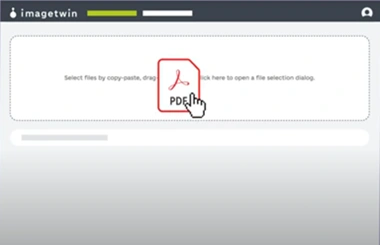
1. Paper or Image Submission
User uploads entire manuscripts, files or individual images to our secure platform for analysis
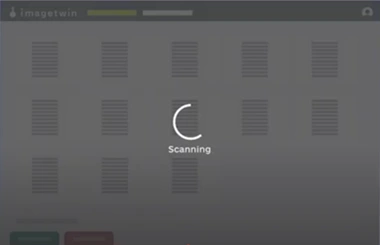
2. AI-Powered Analysis
Our model uses pattern recognition and deep learning to detect AI-generated content, including generator attribution and confidence scoring.
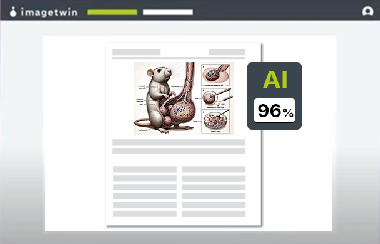
3. Confidence Score & Reporting
Receive a comprehensive report highlighting detected issues. Each flagged figure is assigned a confidence score, helping users to assess risks
With every passing day, it becomes harder to distinguish real from fake. Would you be able to spot the AI-generated fakes?
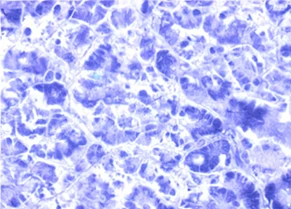
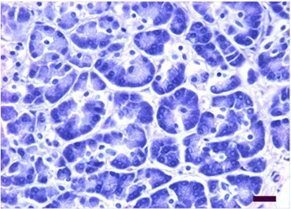
Examples of AI-Generated Scientific Images
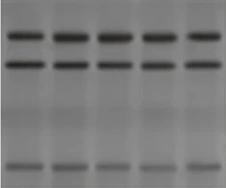
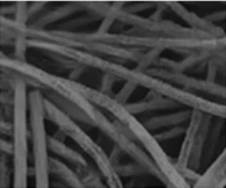
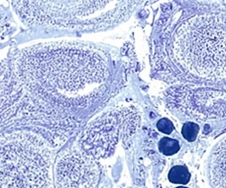
Why Choose Imagetwin?
We recognize that AI-generated image detection is an ongoing challenge, and we’re building a solution tailored for publishers, institutions, and the academic community.
Optimized for Scientific Images
Unlike generic AI detectors, Imagetwin is trained on scientific image datasets, covering microscopy, histology, and western blots.
Built for Speed & Accuracy
Our detection process is designed to be efficient, helping journals, publishers, and institutions identify concerns early in the publication process.
Confidential & Secure
We prioritize data encryption and privacy, ensuring your uploaded images remain confidential.
Transparent & Evolving Technology
We acknowledge current limitations but are committed to expanding detection capabilities with ongoing research and improvements.
Trusted by the Academic and Publishing Community
Our AI model is developed with input from publishers, universities, and researchers, ensuring real-world applicability in academic and scientific publishing.
Powerful Features for Comprehensive Image Analysis
AI-Powered Image Recognition
Our AI Detector for Images is optimised for scientific visuals, offering precise pattern analysis in research figures.
Confidence Scores
Flagged images are assigned a detection probability score, helping users to assess risks more accurately.
Model Attribution
See which AI generator was likely used to create flagged images, including DALL-E, Firefly, and Stable Diffusion.
Bulk Scanning
Analyze large datasets efficiently with our batch-scanning feature. Ideal for publishers, journals, and institutions.
Comprehensive Reports
Easily generate detailed PDF reports summarizing integrity concerns.
All-In-One Integrity Analysis
Our platform also detects image manipulation, duplication, and plagiarism.